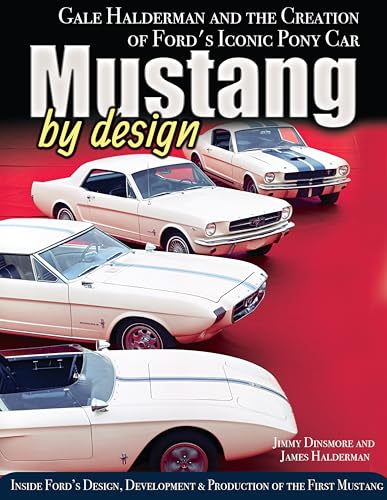Hi!
The 71 - 73 models all have Fuel Evaporative Systems that are pretty much unchanged re: how they work and how they connect. I put together some files for a friend who has a 71 Mach 1, where a prior owner decided it was best to disconnect the Fuel Evaporative System. Steve's garage reeked of evaporated fuel fumes as a result, after he purchased the Mach 1. After reconnecting the tubes and hoses the fuel fume odor is gone, and he sees no adverse impact from having everything connected back like it should be.
That last sentence in the paragraph above pretty much sums up how I feel about those Fuel Evaporative Systems. Much like the PCV system, the Fuel Evap systems do not cause any unwanted side effects, while at the same time do a lot of good for how much cleaner the engines can run. It make as much sense to disable the Fuel Evap systems as it does to disable the PCV system - namely NONE!
Anyway, I have yet to find any really solid emission control system info on 71-72 Mustangs, although I do have a file with engine vacuum line calibrations for 1966 - 1972 that is an authorized compilation of a lot of PDF files put together by Mustang Barn, and provided on a no fee basis by them (and by me). The PDF compilation I assembled is grouped by year, and sorted by engine. I know this is not what you are looking for in this thread, but I attached it as I feel you may find it useful later on. You are free to share/provide the file with anyone else who may find it useful.
Okay, back to your Fuel Evap situation. Attached are a few other files showing snippets from the 1973 Shop Manual, Volume 6 (Emission Control Systems). I also have a set of photos I took of the fuel evap system using our 1973 Mustang Convertible, which was barn stored over 40 years, had 21,000 original miles, and whose emission control system it totally stock and unmolested.
Some other files include the 1973 Emission Control snippet from Volume 6, plus 2 additional 351 4v vacuum calibrations. On the first page of the PDF file I identify the pages that have the Fuel Evaporative System information, which includes a set of drawing showing precisely what part goes where, and how the relevant parts all connect.
One of the PDF files shows a link where you can purchase the Fuel Vapor separator Valve for the fuel tank in case you need one (not likely, but...).
I also attached a set of .JPG photo files where I show the routing of the steel fuel evaporative line going between the fuel tank and the fuel evap charcoal canister. The JPG files are annotated with more detailed info explaining what it going on in the file images.
I also posted two YouTube videos where I show how the Fuel Evaporative canister is connected, and where the steel fuel evaporative tubing is located in the engine compartment. They are at the following two links:
https://youtu.be/n9woMnHByts
https://youtu.be/SsbtiPWY9sU
If you have any other questions or concerns re: the fuel evaporative system just post them in this thread, and I will see them.,
















































